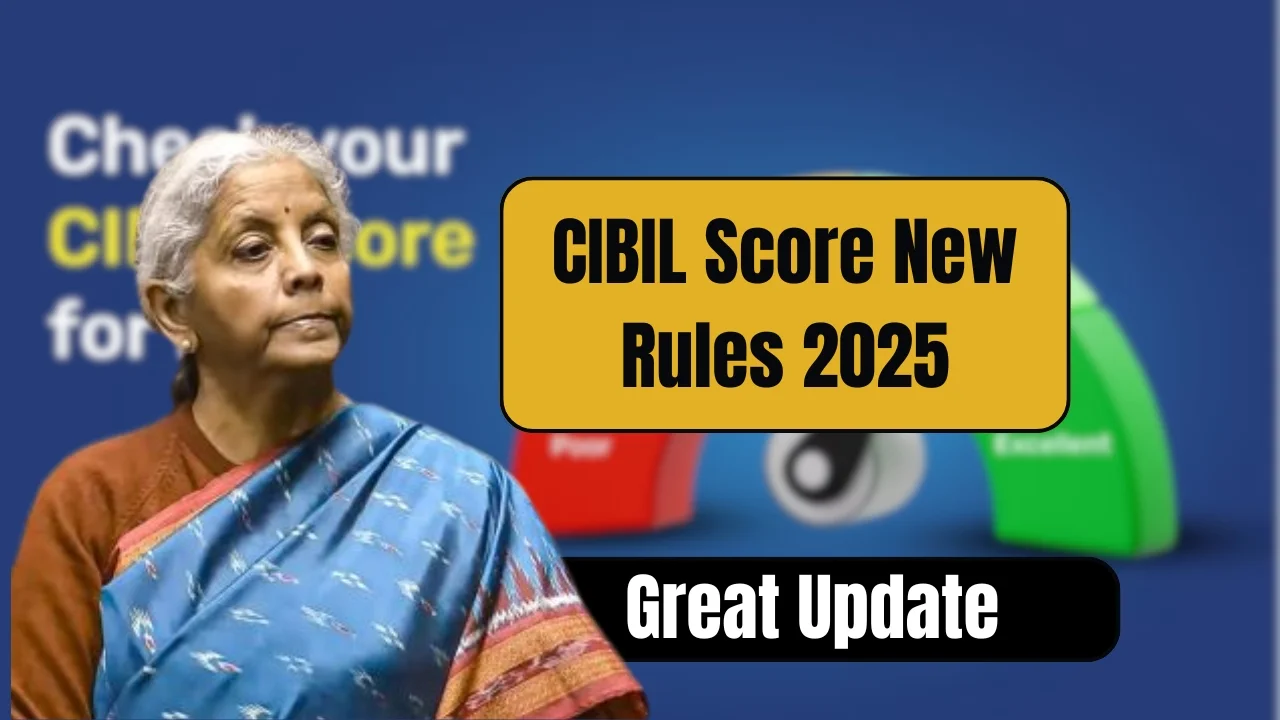If you’re planning to apply for a loan or credit card in 2025, your CIBIL Score just became more important than ever. With major changes rolled out by both CIBIL and the Reserve Bank of India (RBI), borrowers can now expect a more accurate and real-time reflection of their creditworthiness.
These changes are designed to make credit reporting more efficient and ensure that your credit behavior is captured in a clearer and more timely way.
CIBIL Score Model Gets a Major Upgrade
In a bid to improve how credit behavior is analyzed, CIBIL has revamped its scoring model. One of the biggest changes is the extension of credit history considered—from 24 months to now 36 months. This means the new CIBIL Score now looks deeper into your financial past before generating your credit score.
Also, individuals with less than six months of credit history can now be scored, which is great news for new borrowers. Earlier, such consumers would remain unscored or be tagged as “NA/NH,” limiting their access to credit.
The algorithm has also become smarter. It now evaluates repayment behavior more closely and pays attention to small but meaningful credit habits. From transaction patterns to credit utilization ratios, the system has become better at understanding your overall financial discipline.
RBI’s 15-Day Credit Reporting Rule
Starting January 1, 2025, the Reserve Bank of India introduced a crucial reform that changes how often banks and financial institutions must report credit data. Instead of updating once a month, lenders are now required to report your credit activity every 15 days.
This new rule ensures that changes in your repayment behavior, new loans, or cleared EMIs reflect in your CIBIL Score much faster. If you pay off a loan or reduce your credit card balance, it will now be updated on your report within two weeks, not a month.
It’s a big step forward for both borrowers and lenders. For borrowers, it means quicker improvements in their credit score. For lenders, it provides real-time data that leads to more accurate credit risk assessments.
Updated Scoring Categories
Along with the algorithm and reporting changes, the way your CIBIL Score is interpreted has also been slightly adjusted. In the new model, a score between 748 and 764 is considered average. A score between 765 and 777 is good, and anything above 778 is marked excellent.
This shift reflects the increasing competition in the credit market. Lenders are becoming more cautious, and a slightly higher score might now be required to get favorable loan terms.
As a result, some banks may also increase their minimum score criteria for approving loans. So, even if you previously qualified with a score of 750, you might now need a score of 765 or more to get the same approval.
Why These Changes Matter
These changes to the CIBIL Score system are aimed at making credit assessments more transparent and fair. With more data, faster updates, and improved scoring techniques, your score is now a better reflection of your true financial health.
For borrowers, this means two things. First, timely repayments and good credit behavior will benefit you sooner than before. Second, any missed payments or sudden spending sprees will also be reported faster—so it’s more important than ever to stay financially disciplined.
Final Thoughts
The new rules around the CIBIL Score and the RBI’s reporting changes are a clear sign that India’s credit ecosystem is evolving. The focus is on transparency, accuracy, and real-time updates, which ultimately benefits both borrowers and lenders.
If you’ve been working on improving your credit habits, these changes will help your efforts show results sooner. But if you’re still careless with repayments or credit card usage, the impact on your score will be swift.
Going forward, your CIBIL Score will play an even bigger role in how easily you get loans and what interest rates you’re offered. Keeping it healthy is no longer optional—it’s essential.
